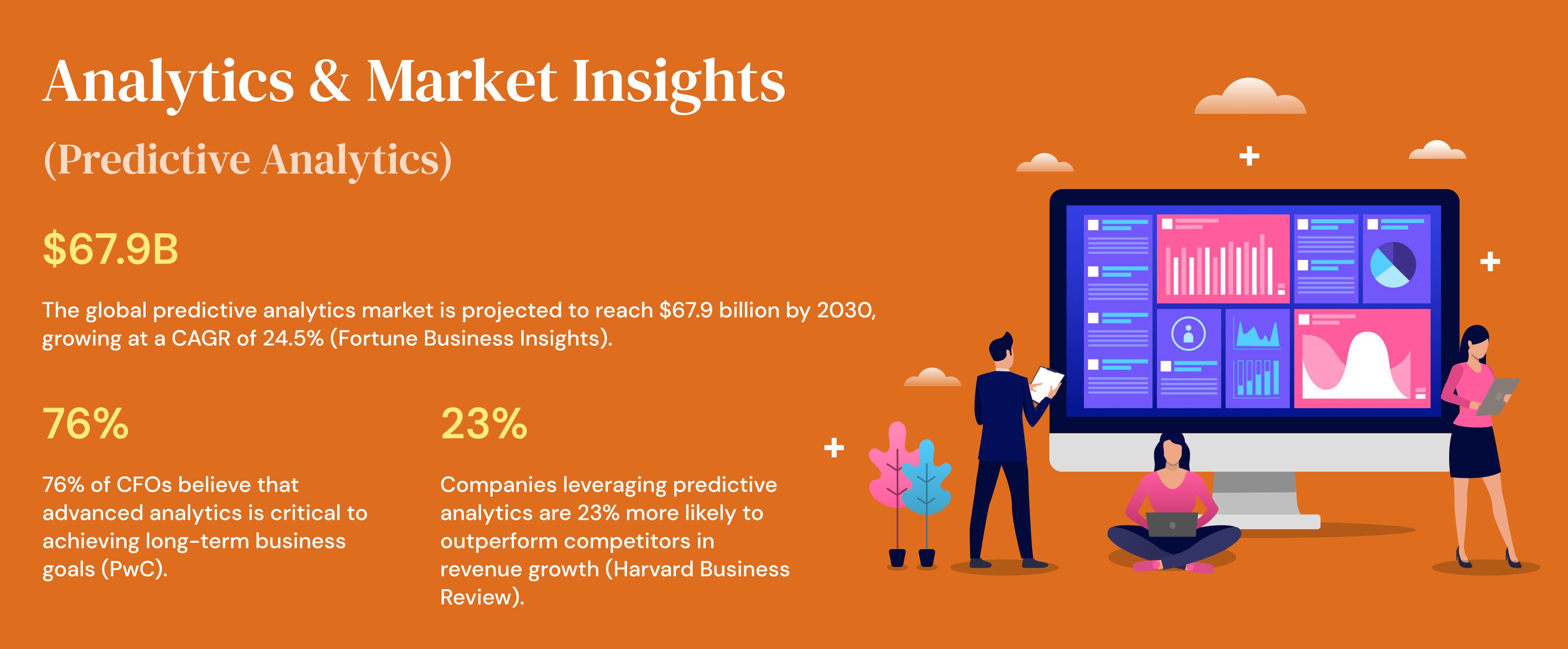In the age of digital transformation, the role of the Chief Financial Officer (CFO) has expanded far beyond budgeting and compliance. Today’s CFOs are strategic leaders, guiding organizations through uncertainty while uncovering new opportunities for growth. At the heart of this evolution lies predictive analytics, a powerful tool that is quickly becoming indispensable for financial leaders. Companies like XMC Asia are helping organizations harness this technology to strengthen decision-making and gain a competitive edge.
What Is Predictive Analytics in Finance?
Predictive analytics uses historical data, statistical algorithms, and machine learning to forecast future outcomes. Unlike traditional reporting, which explains what already happened, predictive models allow CFOs to anticipate what will happen and prepare accordingly.
For example, predictive analytics can:
- Forecast cash flow trends
- Predict customer payment behaviors
- Identify financial risks before they escalate
- Optimize resource allocation and investment decisions
Why CFOs Are Turning to Predictive Analytics

Stronger Forecasting Capabilities
Traditional forecasting often relies on static spreadsheets that quickly become outdated. Predictive analytics integrates real-time data, providing CFOs with more accurate and dynamic forecasts.
📊 According to Gartner, organizations using predictive analytics improve financial forecasting accuracy by up to 40%.

Risk Management and Compliance
By spotting anomalies and patterns, predictive analytics helps CFOs identify risks early, from fraud detection to regulatory compliance gaps.

Data-Driven Decision Making
A CFO equipped with predictive insights can guide investments, mergers, and cost-optimization strategies with more confidence.
📊 Deloitte reports that 49% of CFOs now prioritize advanced analytics as a top investment to enhance strategic decision-making.

Operational Efficiency
Predictive analytics reduces manual work in forecasting and reporting, freeing finance teams to focus on strategy instead of chasing data.
Key Benefits for Organizations
Proactive Planning
Anticipate challenges and opportunities ahead of time.
Improved Profitability
Allocate resources more effectively and reduce waste.
Competitive Advantage
Stay ahead of competitors by responding faster to market shifts.
Stakeholder Confidence
Share more reliable financial forecasts with boards, investors, and partners.


Conclusion
For today’s CFO, predictive analytics is more than a tool—it’s a strategic partner. By moving beyond static reports and embracing forward-looking insights, CFOs can better navigate volatility, manage risks, and drive sustainable growth.
With support from XMC Asia, organizations can integrate predictive analytics into their financial strategy, empowering CFOs to lead with foresight and precision in an increasingly uncertain world.
References
- Grand View Research. Predictive Analytics Market (2025 – 2030)
- Future Marketing Insights. Predictive Analytics Market
- Precedence Research. Predictive Analytics Market Advancements Driving Data-Driven Business Transformation
- iTransition. Predictive analytics in finance:
use cases, platforms & adoption guidelines - Workday. C-Suite Global AI Indicator Report.